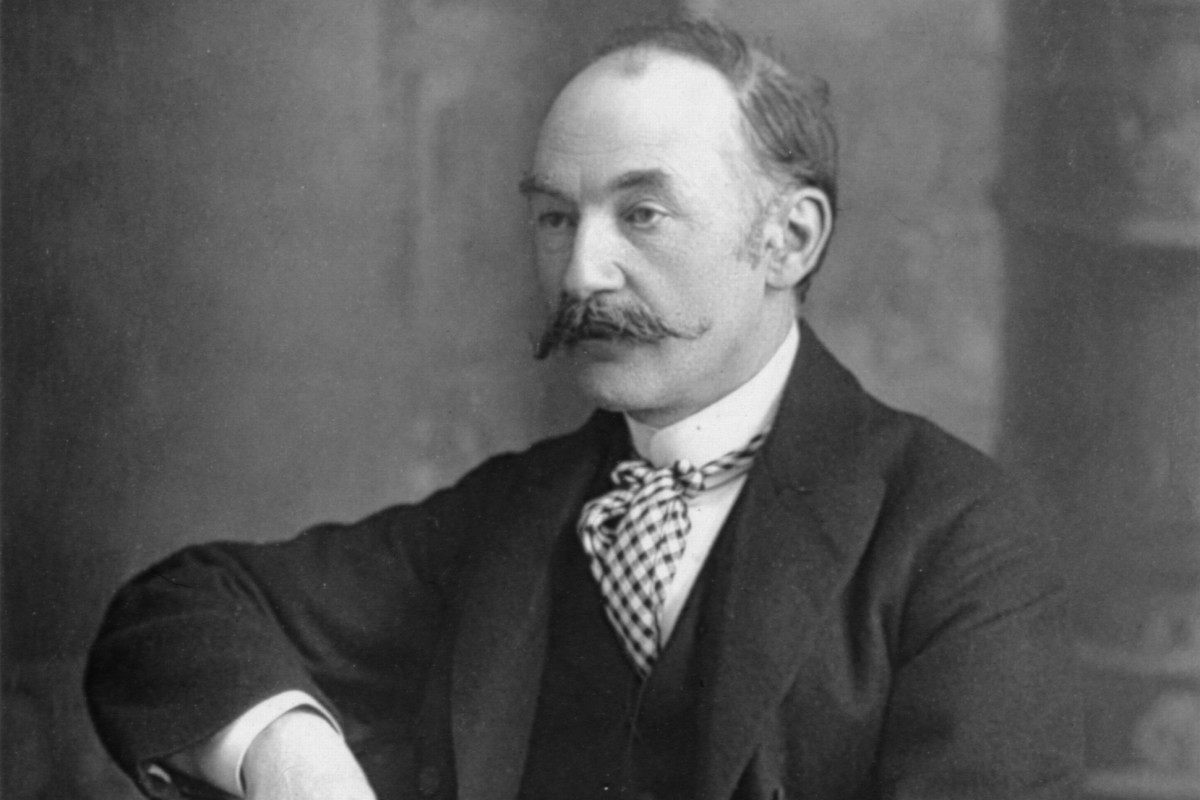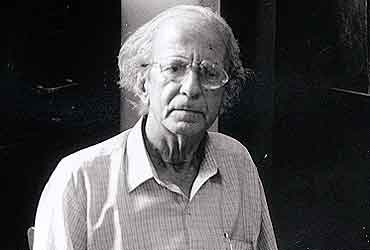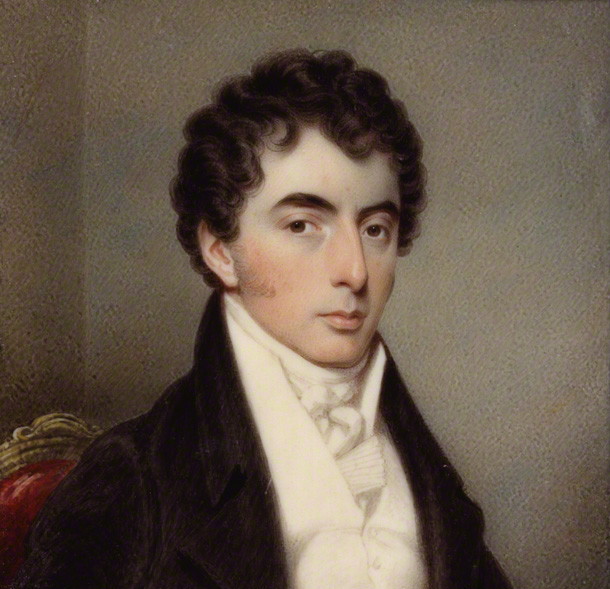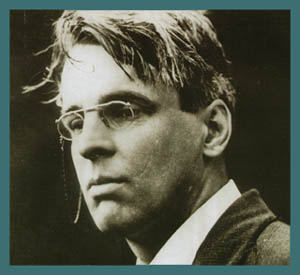“Do Not Stand at My Grave and Weep” is a well-known poem, usually recited at funerals. It was written by Mary Elizabeth Frye. Little was known about the author, and it remained a mystery until late in the twentieth century; it was believed that its poet was Mary Elizabeth Frye.
Grief has often been an abstract idea that has been expressed in poetry but never as brilliantly as in “Do Not Stand at My Grave and Weep.” This poem has been recited many times at funerals and is noted as a death poem that brings a sense of solace to mourners. It renders an inspirational and comforting view of death. The author has used beautiful images, metaphors, and symbolism to bring meaning to the poem.
Do Not Stand at My Grave and Weep Summary: Line by Line
“Do not stand at my grave and weep
I am not there; I do not sleep.”
Mary Elizabeth Frye begins the poem with these two lines, which define the meaning of the poem. The speaker is someone who has passed away and is leaving this message to her dear ones. She is asking her mourners not to stand at her grave and weep. Although she has been buried, she says she does not live there any longer. Perhaps, she has moved to a better place. She will be there with them in their memories and thoughts.
“I am a thousand winds that blow,
I am the diamond glints on snow,
I am the sun on ripened grain,
I am the gentle autumn rain.”
Here, we find the poet has used numerous metaphors to bring relief to her mourners in these lines. The speaker uses metaphor to express the message that she is still present in the surroundings, even if she is dead. She uses the various aspects of nature to symbolize freedom, happiness, and comfort. She tells her loved ones that they can think of her when they see the snow and the sun and feel the wind and the rain. Phrases like ‘sun on ripened grain’ and ‘gentle autumn rain’ are signs of comfort and relief.
“When you awaken in the morning’s hush
I am the swift uplifting rush
Of quiet birds in circled flight.
I am the soft stars that shine at night.”
The poet uses imagery in these lines to bring out more feelings of hope and intense emotions. The reader can visualize graceful birds flying in circles and stars lighting up a dark sky. If one has a picture of something, one can feel stronger emotions toward it. The poem points out the calming images, which is the general theme of the poem.
“Do not stand at grave and cry,
I am not there; I did not die.”
The final lines of the poem come full circle for the reader. The ending is perfect too.
The speaker reminds her loved ones that she is not really gone and asks them not to mourn over her absence. The memory of the individual will still be there on earth, and her spirit will be happy and at peace. She believes that her words will bring comfort and solace to the lives of her near and dear ones.
Do Not Stand at My Grave and Weep Analysis
“Do Not Stand at My Grave and Weep” is a simple monologue, a monologue between the spirit of the dead person and her loved ones. The structure of the monologue provides a sense of relief between the spirit and her loved ones.
The rhyme scheme in the poem is AABB; every two lines rhyme with each other. The rhyme scheme, which is consistent throughout the poem, is easy to notice.
Do Not Stand at My Grave Figures of Speech
A metaphor is a figure of speech that compares two things but is not clearly stated. The speaker in this poem compares herself to many abstract ideas throughout the poem. She compares herself to the following;
‘softly falling snow,’ ‘the diamond glints on snow,’ ‘sun on the ripened grain,’ ‘the gentle autumn rain,’ ‘swift uplifting rush,’ and ‘soft stars that shine at night.’
The speaker is trying to convey to the loved ones that she is not really gone, and she can be found in the simple aspects of nature.
The poem is full of beautiful imagery that expresses the emotions of the speaker, who has died and left her loved ones behind. Examples of imagery from the poem are listed below,
‘The diamond glint’ and ‘sunlight’ are examples of light imagery that gives a light of hope to the readers.
‘Gentle autumn’s rain’ is an example of touch imagery providing soft and kind emotion to the readers.
Hyperbole is an exaggerated statement, and in the poem, a ‘thousand winds’ is an example of hyperbole.
The repetition of the lines in “Do Not Stand at My Grave and Weep,” ‘ I am not there, I do not sleep, and I did not die’ emphasizes the message that the speaker did not die, and by these short emphatic statements, she means to provide comfort to her loved ones.
Do Not Stand at My Grave Tone
“Do Not Stand at My Grave and Weep” has a tone of magnificence and warmth. We can find hopefulness and warmth in the tone of the speaker. The ending line of the poem gives hope and comfort to the people whom the speaker has left behind. The speaker tells her loved ones and the readers not to stand at her grave and weep. She also provides reasons why they should not weep.
Do Not Stand at My Grave and Weep Theme
The theme of this poem is someone’s death. The speaker is the person who has died, and the poem is written from the speaker’s point of view. People are often shattered and depressed when their loved ones die. However, this poem was written to bring comfort to such people, telling them that the deceased person is still with them and watching them even after they have died.
“Do Not Stand at My Grave and Weep” is a powerful poem for people who are dealing with grief. It provides them with a sense of satisfaction and consolation. This poem by Mary Elizabeth Frye has comforted many such individuals over the years and shows that even if someone has passed away, the memory remains with their loved ones.
Updated by Anjali Roongta on 15th April 2023.
Some online learning platforms provide certifications, while others are designed to simply grow your skills in your personal and professional life. Including Masterclass and Coursera, here are our recommendations for the best online learning platforms you can sign up for today.
The 7 Best Online Learning Platforms of 2022
- Best Overall: Coursera
- Best for Niche Topics: Udemy
- Best for Creative Fields: Skillshare
- Best for Celebrity Lessons: MasterClass
- Best for STEM: EdX
- Best for Career Building: Udacity
- Best for Data Learning: Pluralsight
















Very useful Thanks Also looking for a better appreciation
ha you so funny
I disagree
http://www.consolatio.com/2013/01/mary-frye-do-not-stand-at-my-grave-and-weep.html
I do not agree: http://alexia-neo.tumblr.com/post/145356729670/do-not-stand-at-my-grave-and-cry-complete-pages
– Madelaine